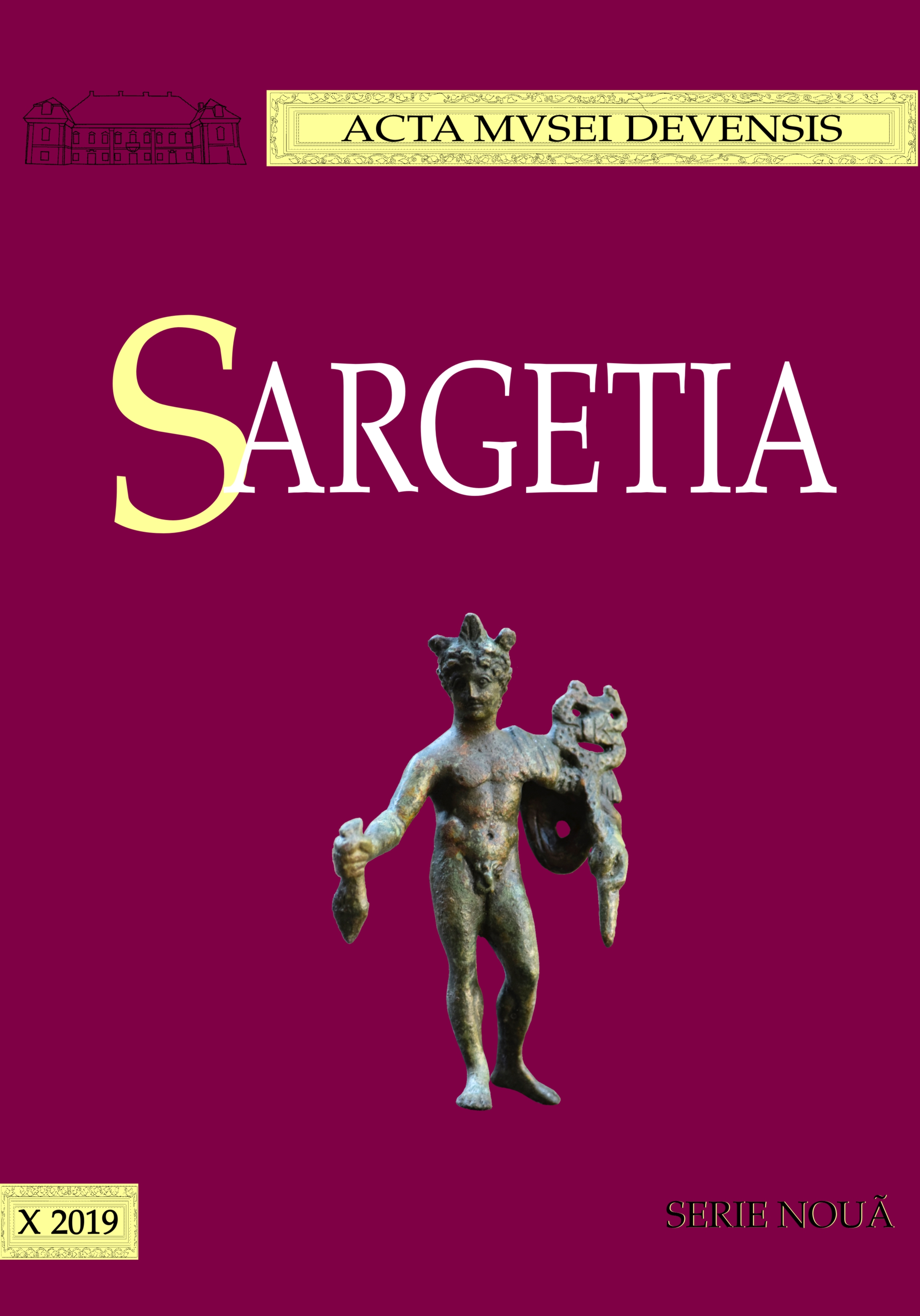Protopopul Iosif Sânziana al Trestiei – repere biografice
The Dean Joseph Sânziana of Trestia – Biographical Landmarks
Author(s): Florin DobreiSubject(s): History, Modern Age, Theology and Religion, 18th Century
Published by: Editura Altip
Keywords: Zarand; Trestia village; dean Iosif Sânziana; Orthodox bishop Ghedeon Nichitici; the peasant uprising from 1784;
Summary/Abstract: Among the Hunedoara clergy over which the dust of history has spread – gradually and surely – the mantle of oblivion is the dean Joseph Sânziana, a worthy priest, who was in charge of the Parish and, implicitly, of the Deanery of Trestia for three decades (1761-1791). The clergyman Joseph Sânziana was born in Trestia, an old mining center, which is – currently – in the Băița commune from Hunedoara county; but the year of his birth is not known. He was ordained as a parish priest in his native village in 1761 or the following year; moreover, except for brief information, from notes made on the sheets of old church books, the news regarding his life and activity is extremely poor. The information becomes more consistent only in 1784, when the dean is mentioned in the context of the support given to the secular and ecclesiastical authorities during the conduct of the well-known peasant uprising, led by Horea, Cloșca and Crișan; and precisely because of this involvement, the priest Joseph Sânziana remained in history as a controversial personality (although, in the light of local tradition, there would have been a “motivation”, namely that a son of his, also a priest, would have been kept right “guarantee” by the Austrian soldiers, as a means of coercion in the direction of carrying out the mission of pacifying the rebels). As a protopop of Trestia (in fact, he was leader of the Deanery of the “Country of Zarand”, only with his residence in the mining center of Trestia), mentioned in this capacity as early as 1764, shepherded over an “Archidiaconatus” of Trestia spread as a surface, counting – as example – in 1787, no less than 40 parishes with 24 subsidiaries. As for the place of worship where he served, on a rock on the edge of the village Trestia had been erected, between 1671 and 1674, a massive stone church, dedicated to the feast of “Annunciation”, painted in the second half of the 18th century, precisely during his pastorate as a priest. The last mention of the clergy mentioned is made in 1791; he died at the end of 1791 or at the beginning of the next. The life, activity and personality of this servant of the Church is trying – therefore – to be penciled, in spite of the little information that is available to us today, in the pages of this study.
Journal: Sargetia. Acta Musei Devensis
- Issue Year: 2019
- Issue No: 10
- Page Range: 153-164
- Page Count: 12
- Language: Romanian

